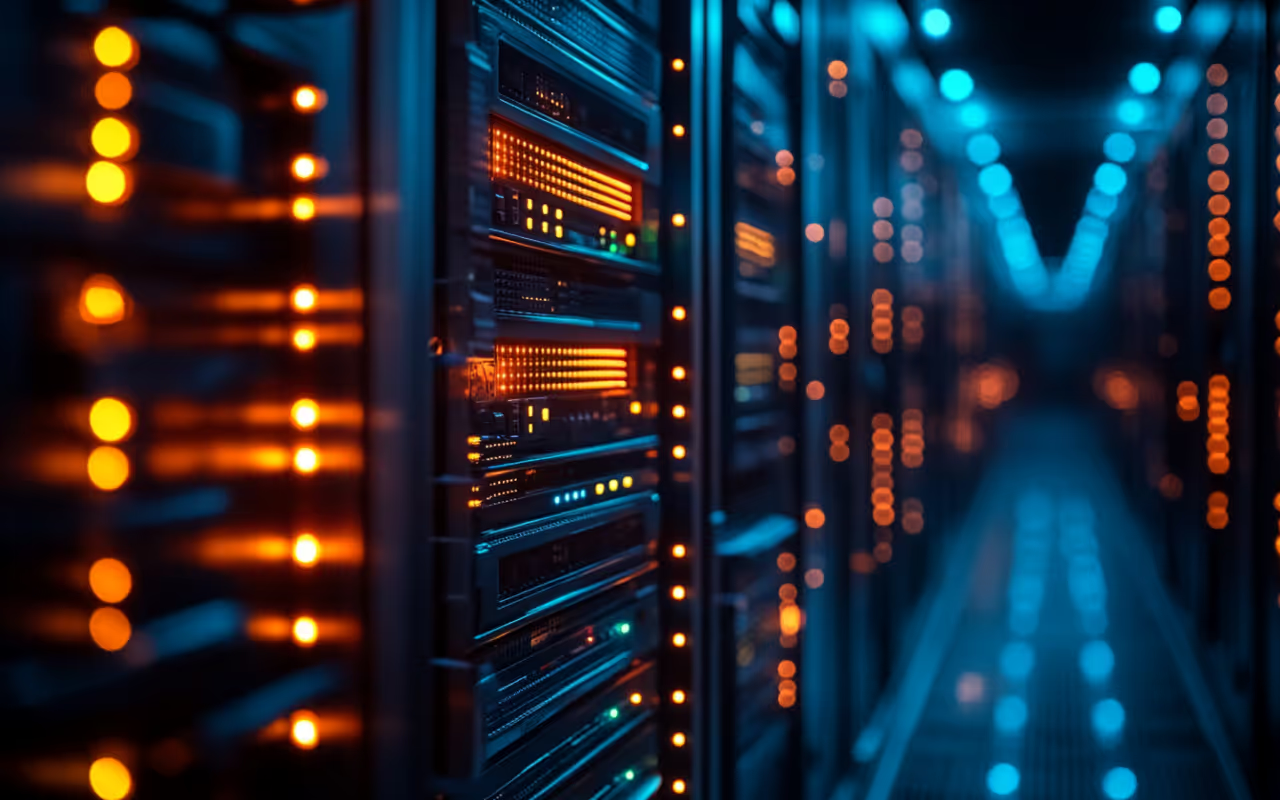AI & HPC Data Centers
Fault Tolerant Solutions
Integrated Memory
Edge computing is a distributed computing model in which compute processing takes place near the physical location rather on a centralized corporate server.

Edge computing is a distributed computing model in which computing takes place near the physical location where data is being collected and analyzed, rather than on a centralized server or in the cloud. This new infrastructure involves sensors to collect data and edge servers to securely process data in real-time on site, while also connecting other devices, like laptops and smartphones, to the network.
Edge computing is important because it creates new and improved ways for industrial and enterprise-level businesses to maximize operational efficiency, improve performance and safety, automate all core business processes, and ensure “always on” availability. It is a leading method to achieve the digital transformation of how you do business.
Increasing computing power at the edge is the foundation needed to establish autonomous systems, enabling companies to increase efficiency and productivity while enabling personnel to focus on higher value activities within the operation.
One of the top benefits of implementing edge computing is the ability to collect and analyze data where it is collected, catching and correcting problems that might not be identified as quickly if the data were to be sent to a central server or cloud for processing and analysis. Keeping data on site also reduces the security risk associated with porting data, which can be important in financial organizations, for example. It also reduces bandwidth costs by processing some data on site, rather than sending all data to a cloud or central server.
Successful edge computing requires a thoughtful architecture and implementation, which can be a challenge without the right expertise. Having multitudes of sites collecting and analyzing data can mean more sites that need to be configured and monitored, adding complexity. Having too few can mean critical data is missed. Decentralized locations can also mean fewer technical personnel on site, meaning non-technical operations staff may be called in to troubleshoot. These challenges can be addressed by working with knowledgeable system integrators and using the right edge technology.
Because edge computing is distributed, the security risk is different than a centralized environment. The security controls found in private data centers or public clouds, like firewalls or antivirus tools, don’t automatically transfer. Experts recommend a few simple steps, including hardening each host, real-time network monitoring, encrypting data, and adding physical security measures.
Edge computing works hand in hand with the cloud to provide a flexible solution based on the data collection and analysis needs of each organization. For real-time collection and analysis, the edge is ideal for certain workloads. At the same time, the cloud can provide a centralized location for large scale analytics. Together they provide real-time and longer term insights into performance and power initiatives like machine learning and asset performance management.
If you’re already using a hybrid cloud architecture, then you’re familiar with the benefits of partitioning data between public and private clouds. Edge computing can be a great addition to this existing network. There are different configurations, and all work well, depending on your business goals and usage. For example, the edge can take the place of the private cloud, taking the primary computing role, or you can pair the edge with an existing hybrid cloud with both public and private clouds.
Discover more about Edge Computing and our Fault Tolerance solutions for unplanned downtime at the edge of your network and core data center. Contact us and learn more today.


At Penguin, our team designs, builds, deploys, and manages high-performance, high-availability HPC & AI enterprise solutions, empowering customers to achieve their breakthrough innovations.
Reach out today and let's discuss your infrastructure solution project needs.